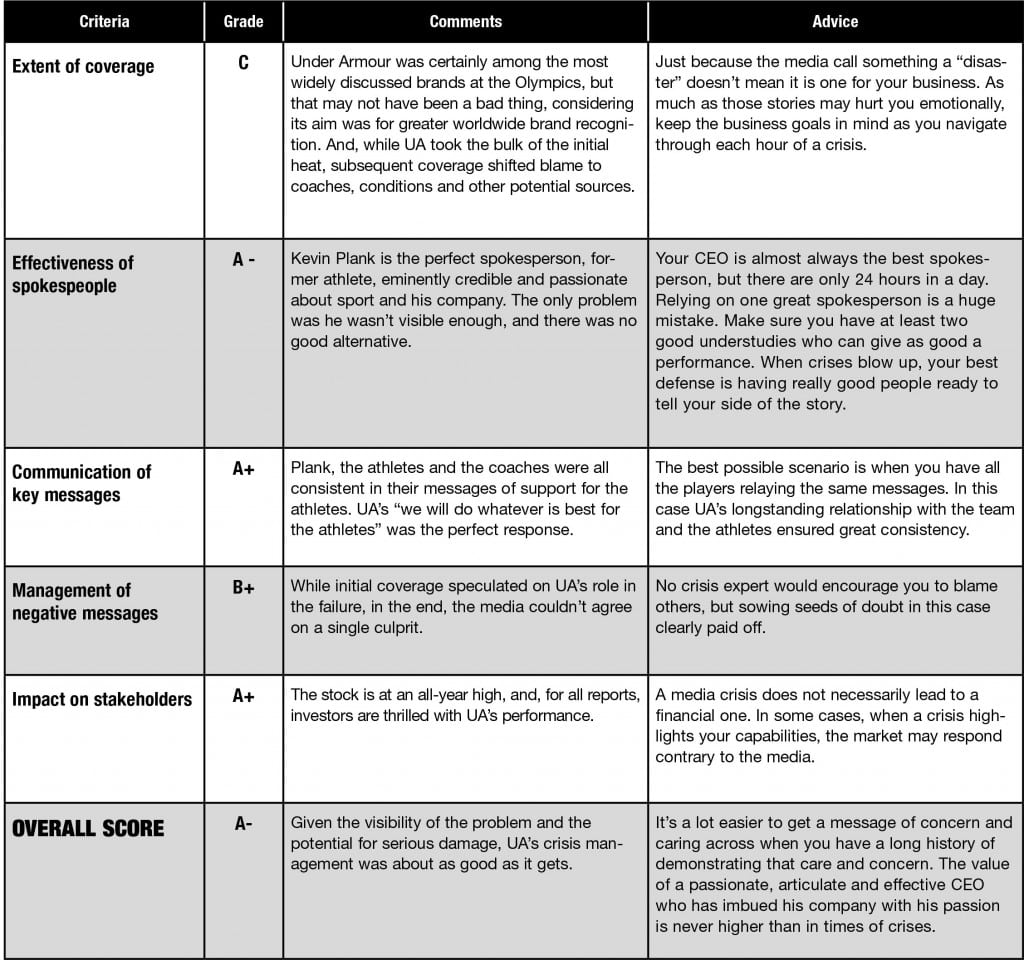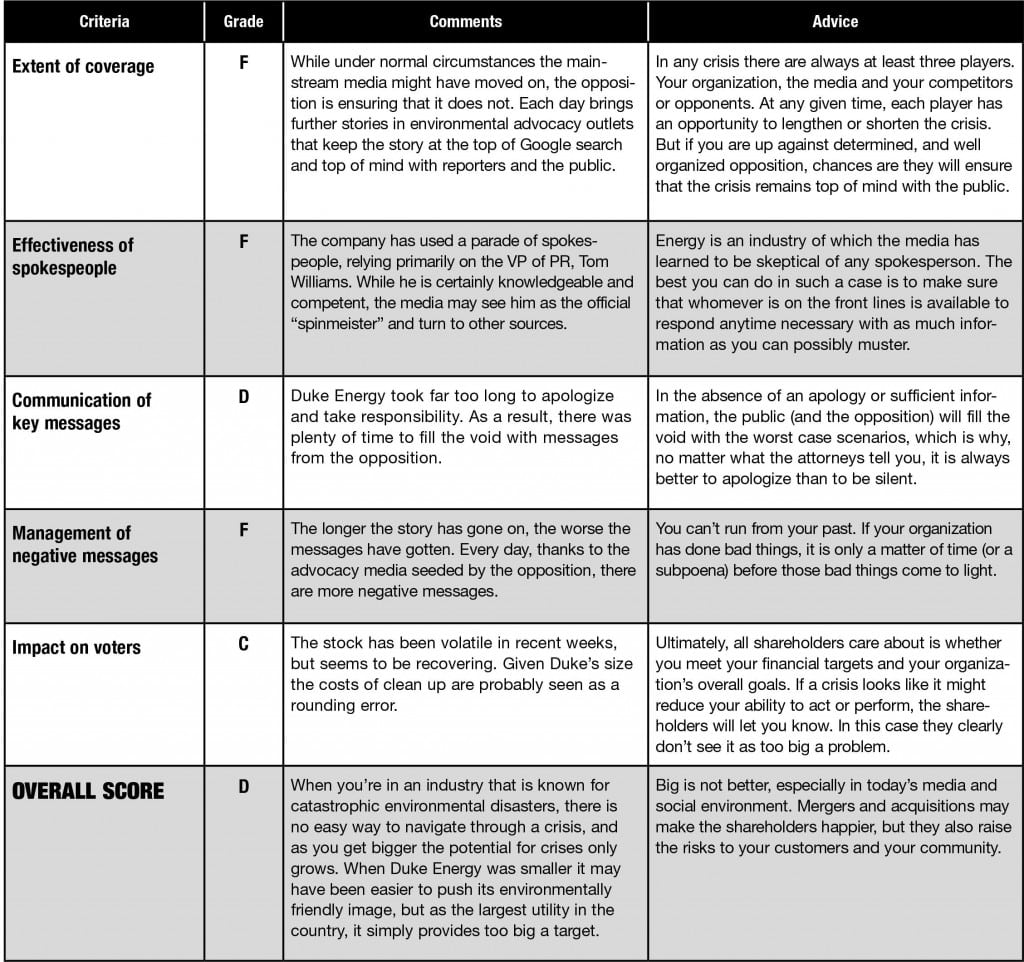 For the past few weeks, the eyes of the world have focused on the Winter Olympic Games in Sochi, Russia. Personally, I know I’ve been following them mostly because the other news is just too grim. War, weather and two enormous environmental crises (more on that later) have dominated the headlines.
For the past few weeks, the eyes of the world have focused on the Winter Olympic Games in Sochi, Russia. Personally, I know I’ve been following them mostly because the other news is just too grim. War, weather and two enormous environmental crises (more on that later) have dominated the headlines.
Which is why, in the midst of all of this, most people tune in to follow the hopes and dreams of Olympic athletes. And, when those hopes and dreams are dashed, perhaps by something as mundane as a piece of clothing, the world takes notice.
When U.S speedskaters, who were widely favored to grab the gold, failed to even come close, the search for a “culprit” was on. The easiest target was their suits. Designed by upstart sports clothing company Under Armour with help from defense giant Lockheed Martin, the high tech outfits were supposed to be the U.S.’s secret weapon.
Under Armour was founded by Kevin Plank, a former University of Maryland football player who started the company out of frustration with existing uniforms that made him “the stinkiest player on the field.” From its inception, Plank has focused on the needs of athletes, initially testing out prototypes of his apparel by giving them away to former teammates. Recently, Under Armour wanted to expand its brand in the worldwide market, so sponsoring U.S. Olympic athletes was a logical option. Under Armour is providing suits to the bobsled and skeleton teams as well as the speedskaters.
When the skaters failed to win, Under Amour’s suits were an easy target. They had been kept under wraps until the Olympics and never tested in real racing conditions. They had also been promoted as “the greatest racing suit in speedskating history,” and expectations were high.
To compare crisis response between an entrepreneurial athletic company to one of the largest energy companies in the U.S. may seem like a lopsided standoff. Duke Energy has essentially unlimited resources to throw at crises and years of experience in dealing with them. But, in the wake of the coal-ash spill in North Carolina, the company has continuously stumbled, in part, due to its long history in that state. Because its former CEO, Jim Rogers, vigorously promoted the company as a leader in environmental initiatives, and invested in alternative energy, the company enjoyed a comparatively good reputation among the players in the notoriously polluting energy industry. Its new CEO, Lynn Good, replaced Rogers in June and has continued the company’s focus on growth and expansion, buying Progress Energy to become the country’s largest utility. That status is the reason the media and public are piling on in this most recent crisis.
Neither the public nor the media like anything that is perceived as “too big” these days, so it was hardly surprising that opposition groups launched lawsuits and prodded regulators to investigate Duke’s handling of coal ash earlier this year. The recent leak into the Dan River provided the perfect catalyst to bring all the opposition and concerns to a head. Duke Energy also was the governor’s employer for 28 years and opponents were quick to make a connection between regulatory lapses and the governor. The U.S. Attorney’s office launched a criminal investigation and each week has brought another pile of bad news to its director of external relations, Tom Williams. PRN
Under Armour
Duke Energy
CONTACT:
Katie Paine is CEO of Paine Publishing. She can be reached at [email protected]; @queenofmetrics.
This story originally ran in the Feb. 24, 2014 issue of PR News. Read more subscriber-only content by becoming a PR News subscriber today.


